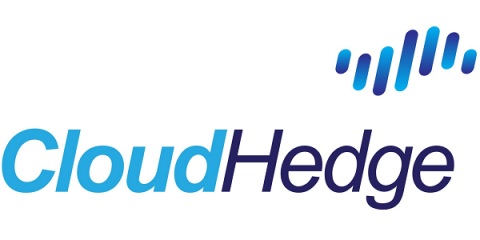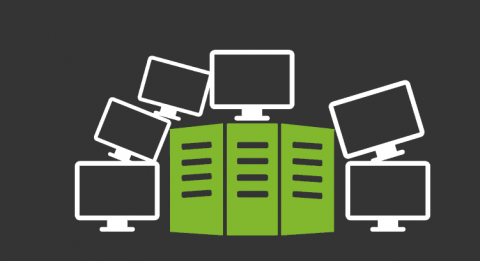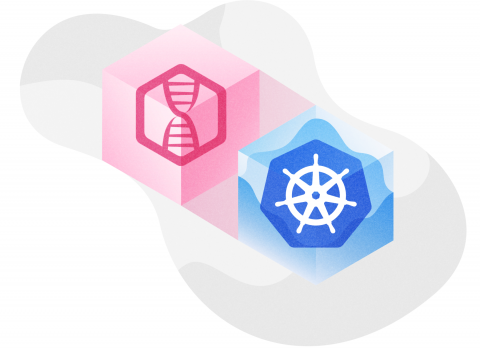Nine Essential Skillsets for Competitive Digital Transformation
If you’re reading this, there’s a good chance you’re an Agent of Transformation ready to change the world. As your enterprise pivots towards AIOps, your team must accumulate the right skills to embrace digital transformation while innovating at scale.










